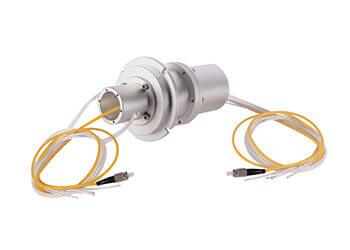Slip ring current transformers (CTs) are an essential component of any electrical system. They are used to measure the current in a circuit and provide a signal to a control system or other device. Slip ring CTs are especially useful in applications where the current needs to be measured in a rotating environment, such as in motors, generators, and turbines.
What is a Slip Ring CT?
A slip ring CT is a type of current transformer that uses a rotating contact to measure the current in a circuit. The contact is usually made of a metal ring that is connected to the circuit and rotates around a stationary core. As the ring rotates, the current is measured and a signal is sent to the control system or other device.
Benefits of Slip Ring CTs
Slip ring CTs offer several advantages over traditional current transformers. They are more accurate than traditional CTs, as they measure the current more precisely. They are also more reliable, as they are less prone to damage due to vibration or shock. Additionally, slip ring CTs are easier to install and maintain, as they require less wiring and can be installed in tight spaces.
Applications of Slip Ring CTs
Slip ring CTs are used in a variety of applications, including motors, generators, turbines, and other rotating equipment. They are also used in power plants, wind turbines, and other industrial applications. Slip ring CTs are also used in medical imaging systems, such as MRI and CT scanners.
Slip ring CTs are an essential component of any electrical system. They are more accurate and reliable than traditional current transformers, and are easier to install and maintain. Slip ring CTs are used in a variety of applications, including motors, generators, turbines, and medical imaging systems.
See What We Can Do

